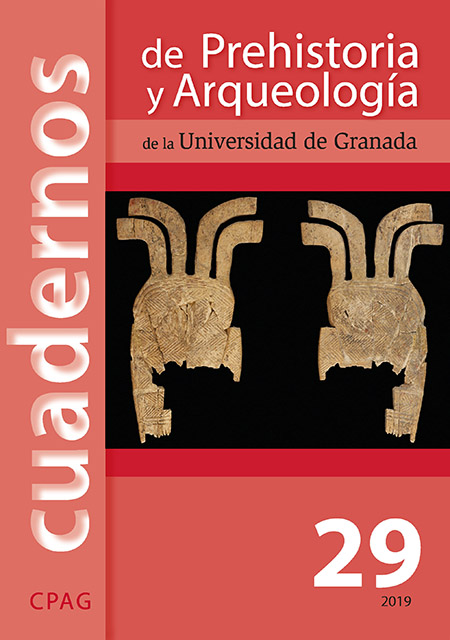BONE CYLINDERS, DISCS AND TERMINALS-SCROLL HOLDERS FROM ROMAN FUNERARY DEPOSITS?
##plugins.themes.xejournal.article.main##
Abstract
Complete and fragmentary elements of well made, composite, bone objects have been excavated in funerary contexts from the Roman period in North-western Europe; our work suggests that these forms belong primarily to the mid second and earlier third centuries. Researchers have described different possible functions of these objects, but to date none have been entirely satisfactory. The assemblage consists of several lathe-turned bone elements —two connected cylinders, and on both ends a disc and small knob or terminal. This paper considers the small number of complete assemblages recovered as secondary grave goods and uses this evidence to interpret a wider range of similar but incomplete finds, sometimes also placed in graves as secondary grave goods, but mainly recovered as primary, pyre debris. Previous interpretations of their use are rejected in favour of an identification as papyri scroll holders.



